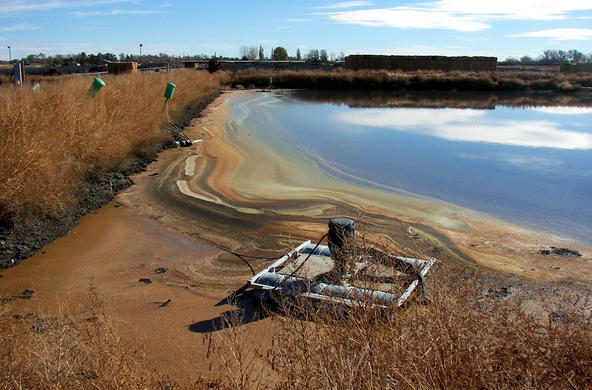
A new government study is raising red flags about the safety of our drinking water. EPA and U.S. Geological Survey scientists analyzed treated water samples from 25 U.S. utilities. They found that more than 1/3 contained chemicals not regulated by the federal Safe Drinking Water Act.
Among the substances detected were solvents, antibacterial compounds, strontium, an herbicide, and an antidepressant. Eleven of the 18 unregulated chemicals were perfluorinated compounds, which can be found in non-stick cook wear, treated fabrics and upholstery, and food packaging.
One of the substances, the herbicide metolachlor, is considered a possible human carcinogen. Another, a perfluorinated compound called PFOA, has been linked to cancer, thyroid disease, and a host of other illnesses.
Perfluorinated compounds were found in roughly the same amounts in both treated and untreated water. Only a plant using activated carbon treatment – a technique often considered cost-prohibitive – effectively removed the compounds.
Emma Rosi is an aquatic ecologist at the Cary Institute of Ecosystem Studies.
"We need to understand that there are things moving about in the environment. The chemicals that we use in our every day lives get into surface waters. And they have unknown effects on humans – as we use this for drinking water – as well as unknown effects on the animals, fish, and invertebrates that live in surface waters."
The utilities studied were voluntary participants that ranged from small to large and represented different water treatment technologies. While most of the contaminants were found in low concentrations, the long-term effects of low-level exposure remain unknown.
Produced in collaboration with WAMC Northeast Public Radio, this podcast originally aired on March 31, 2014. To access a full archive of Earth Wise podcasts, visit: www.earthwiseradio.org.






